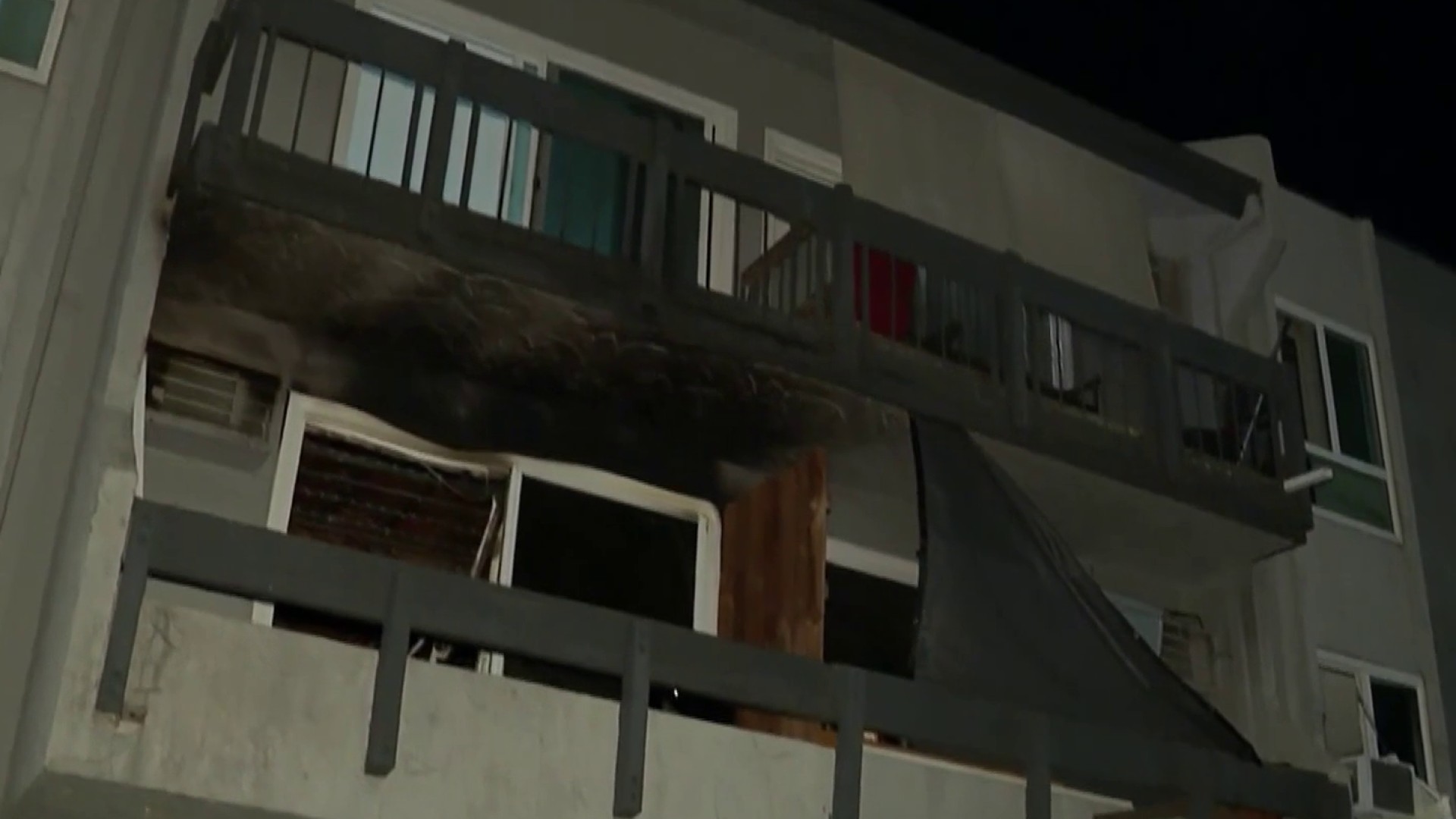Gone are the long rows of wood-framed display cases sprinkled with campaign paraphernalia and lengthy narratives about President Richard Nixon.
Instead, the renovated Richard Nixon Presidential Library and Museum tells the former president's story through larger-than-life photographs, interactive touchscreens and video of Nixon's speeches and his eventual departure from the White House.
The museum reopened Friday following a $15 million makeover aimed at bringing the country's 37th president closer to younger generations less familiar with the Watergate scandal and his groundbreaking trip to China.
"It just wasn't technologically savvy, and we needed to bring it into the 21st century," said Michael Ellzey, the library's director.
The overhaul also brings the 18,000-square-foot museum completely into the fold of the National Archives, which assumed control of the Yorba Linda library in 2007 and inherited exhibits designed by a foundation run by Nixon's supporters that were seen by many as too partisan.
It is one of 13 presidential libraries that were built with private money and turned over to the National Archives to administer. In Nixon's case, forming such a partnership was delayed for years by disputes over the records after his resignation and concerns the California site inaccurately portrayed history.
While the section devoted to Watergate was redone in 2011, those focused on the Vietnam War, U.S.-Soviet relations and domestic policy had not been upgraded since 1990. The texts of the new exhibits were reviewed by a panel of four historians chosen by the National Archives.
Local
Get Los Angeles's latest local news on crime, entertainment, weather, schools, COVID, cost of living and more. Here's your go-to source for today's LA news.
"The Nixon Library, for many years, wanted to present an image of Nixon that was one produced by his friends," said David Farber, a panelist and University of Kansas history professor. "The new library is much better. They're willing to concede there's a lot of controversies about the Nixon presidency."
The campus includes the house where Nixon was born and his final resting place. Here's a look at some of the exhibits:
WATERGATE SCANDAL
The new museum isn't shy about Nixon's legacy as the only U.S. president to resign.
A 12-minute film before the exhibits opens with Nixon's 1974 resignation speech after the Watergate scandal, in which he tells Americans, "I have never been a quitter."
He is described as combative and visionary in the film, which details his rise to the presidency.
"You sit down, and you settle in, and boom — it just hits you with the reality, with the frailties of a man (that) are there right before you," Ellzey said. "Then it goes on to tell a deeper story."
The Watergate exhibit was redone when the National Archives took over.
NIXON'S SHOES
Unlike a more traditional gallery, the museum tries to put visitors in Nixon's shoes. After the film, visitors walk down a hallway covered with ceiling-to-floor colorful photographs of the social turmoil of the 1960s to give a sense of the country Nixon inherited upon his election.
The next stop is a life-size replica of the Oval Office where Nixon worked in the White House.
In another room, visitors can use a set of touchscreens to read about how Nixon's advisers suggested he handle the crisis in Cambodia, the Yom Kippur War and the military draft. Afterward, they can make their own choices about the best course of action, and compare them to the president's.
"The objective is critical thinking," said William Baribault, president of the Richard Nixon Foundation, the private nonprofit focused on preserving Nixon's legacy that raised money for the overhaul. "Exposing people to the decision-making process in a presidency, so that more people would understand it and, in fact, more people might aspire."
NIXON'S NOTES
According to the film, Nixon would take notes nightly on yellow legal pads during his time in the White House.
In the museum, visitors can see computerized images of these pads devoted to topics ranging from relations with the Soviet Union to personal goals to football.
In 1970, he wrote on one of them that he wanted to "make use out of each day."
The notes are presented both in Nixon's scrawling handwriting and computer-generated type, which is easier to read.
The galleries also include conversations from Nixon's era that were recorded via an extensive taping system in the White House.



